SEC Spring Meetings Notebook: Greg Sankey addresses issues facing league
The SEC Spring Meetings are ready to get rolling in Destin. Throughout the week, the league office will meet with university administrators and coaches to discuss the biggest issues facing the conference as the fall semester is just around the corner.
On Monday afternoon, Commissioner Greg Sankey spoke with members of the media in attendance, and some of the answers gave us a glimpse of what this week will look like.
No schedule discussions
After not agreeing to a long-term schedule plan following the elimination of divisions after adding Oklahoma and Texas to the league, now felt like a good time for the SEC to have some preliminary discussions regarding what the conference slate could look like in 2026 when the 14-team College Football Playoff era begins.
It currently does not look like that will happen.
The No. 1 topic from the 2023 offseason is not a tier-A discussion point for the league just one year later. For now, the SEC will move forward with the current eight-game system that will include the same schedule for each team with a home-and-home setup. That means some programs will have to wait even longer before facing each other.
Expect the schedule talk to heat up soon, but now is not the time to figure how how the conference will structure its games in 2026 and beyond.
SEC injury reports?
Last season, we saw college football terminate the stopping the clock rule on first downs. In 2024, the sports will have a two-minute warning and technology allowed to be used on the sidelines. That means the use of tablets to review in-game video and helmet communication between one player on defense and offense. College football is inching closer to the NFL model.
The changes are not done yet.
On Monday, Greg Sankey stated that the SEC will discuss the possibility of instituting “availability reports”.
“We don’t want to just rush into something,” Sankey said. “It’s not injury reporting. It’s a very different circumstance given some of the privacy issues we have. Yet when you start to see the numbers of dollars being bet on legalized sports gambling around college sports — not just football, but men’s and women’s basketball, volleyball, baseball — all of those catch your attention.
We don’t know what any of the protocols will be, but I have a feeling that many coaches are not going to love this potential change. What is college athletics without the word salad answers in press conferences when the subject of player availability arises?
But Sankey is right. There is now too much money involved and an edge can be gained in the betting markets if injury intel is uncovered. To keep that from happening, instituting “availability reports” is the best way to maintain the integrity of the game with sports betting now legal across the SEC footprint.
Top 10
- 1Trending
Inside UK's Recruiting Struggles
JMI, NIL, and closing table drama
- 2New
Mitch, JMI, & NIL
Pope says it's "incredible."
- 3Hot
2026 Football Schedule
Daunting task for Stein.
- 4New
Predictions
Can UK beat IU?
- 5
Kentucky Volleyball
sweeps Cal Poly to advance to Elite 8
Get the Daily On3 Newsletter in your inbox every morning
By clicking "Subscribe to Newsletter", I agree to On3's Privacy Notice, Terms, and use of my personal information described therein.
Now the SEC needs to figure out what those will look like and how often teams will be required to publish the reports.
SEC needs Congressional help to prevent student-athlete employment
College athletics keeps asking for help from Congress. That help has not yet arrived. With the antitrust issues now seemingly out of the way following House v. NCAA, Greg Sankey and other college conference commissioners now believe help could prevent student-athletes from becoming employees.
“I think Congress has still an opportunity to use the structure of this settlement to enact legislation to strengthen the future of college sports,” Sankey said.
However, the upcoming election throws a wrench into Sankey’s plan. College athletics needs help to go above certain state laws and get national legislation passed to allow the NCAA to enforce rules. The settlement is a big first step, but college athletics still doesn’t want to turn players into employees.
“The breadth of the settlement is intended to give us a path forward, provide a level of clarity about the future that doesn’t embed employment automatically,” said Sankey.
The power conferences under the NCAA umbrella are trying to figure out what the settlement brings and how the new world in college sports can keep them from having the players create a Collective Bargaining Agreement.
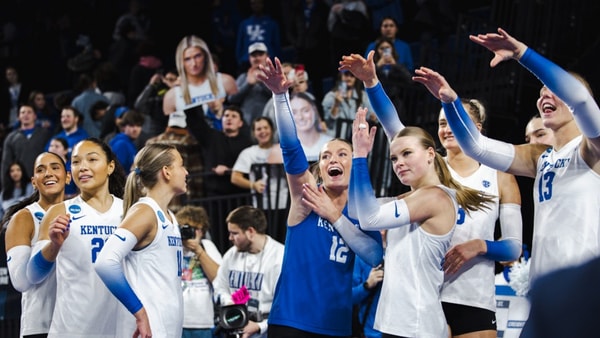

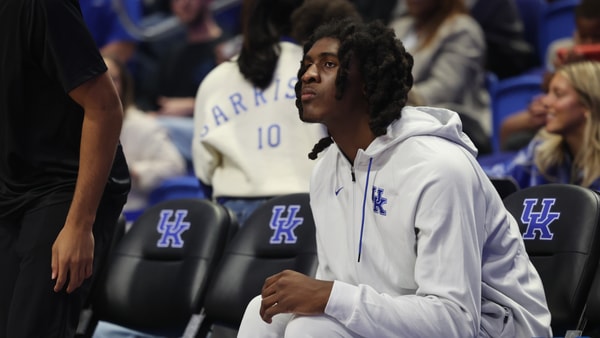

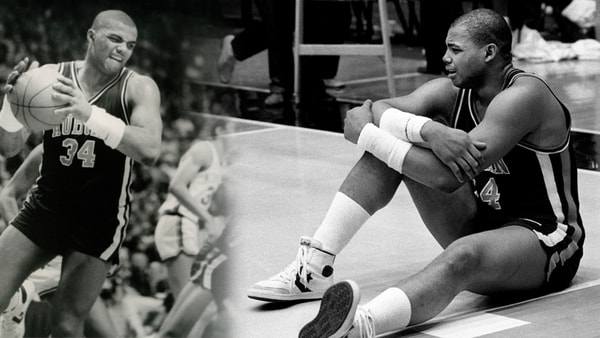
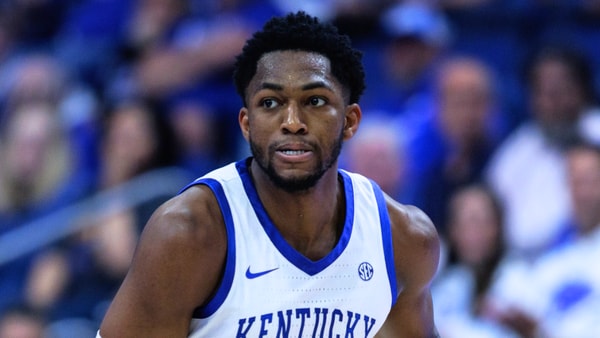
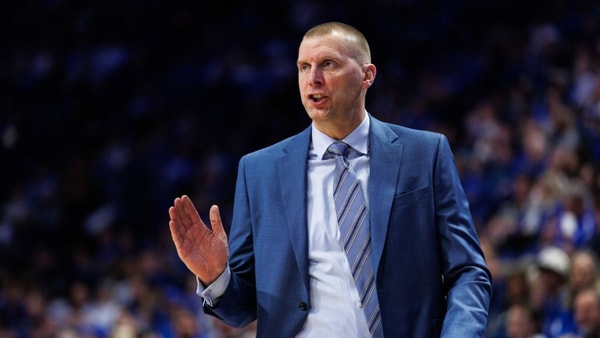
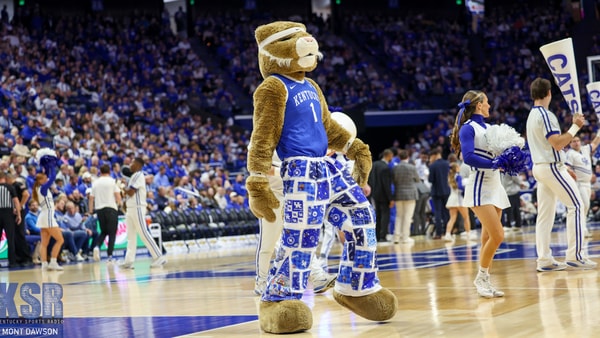
Discuss This Article
Comments have moved.
Join the conversation and talk about this article and all things Kentucky Sports in the new KSR Message Board.
KSBoard